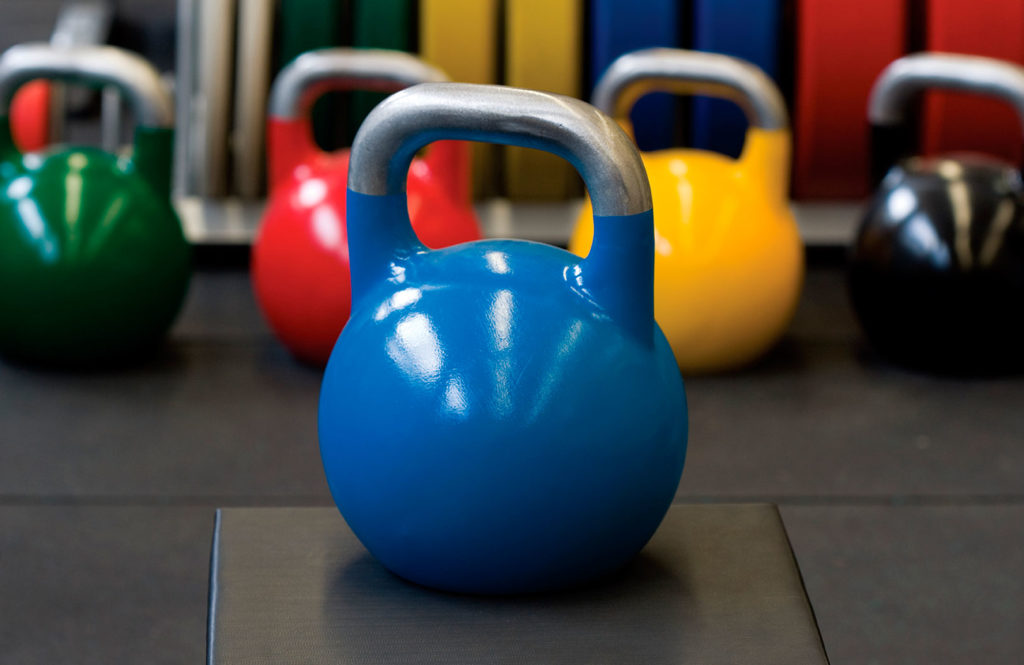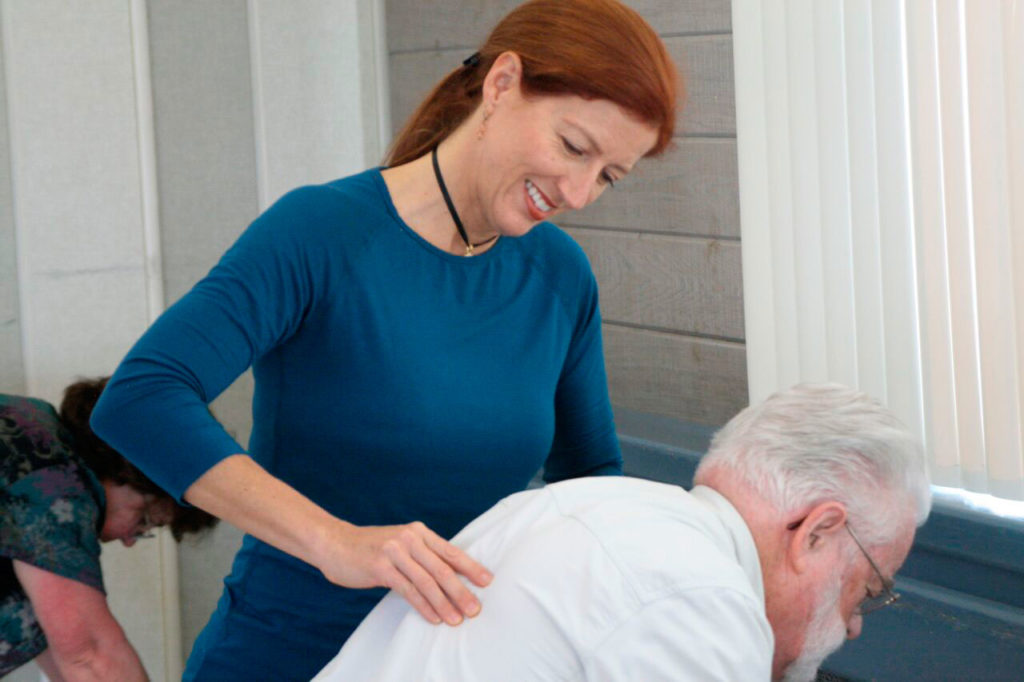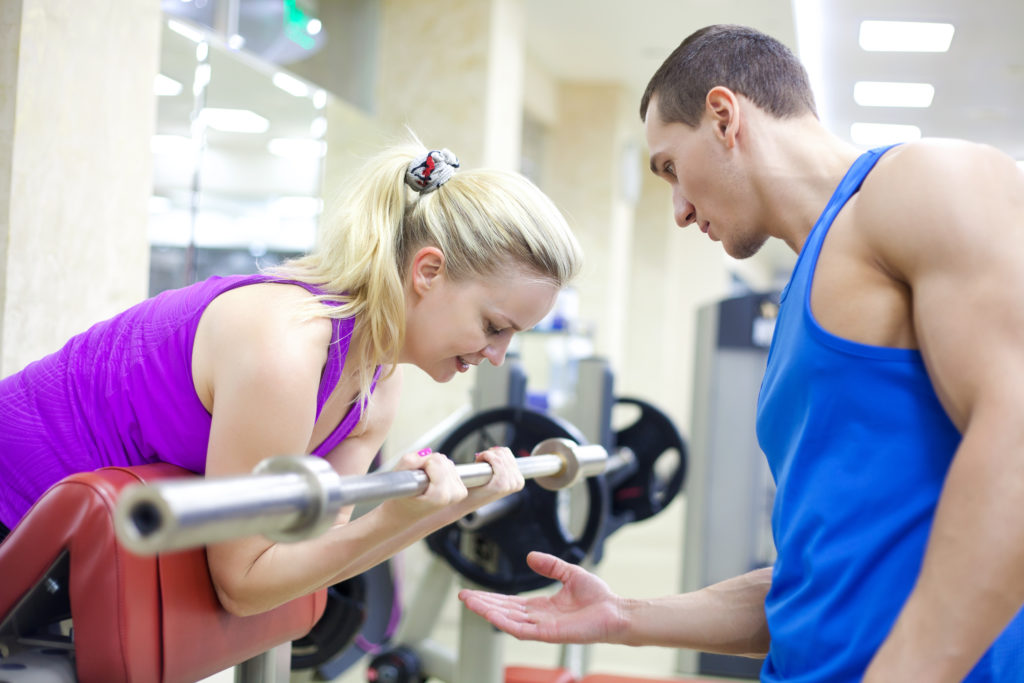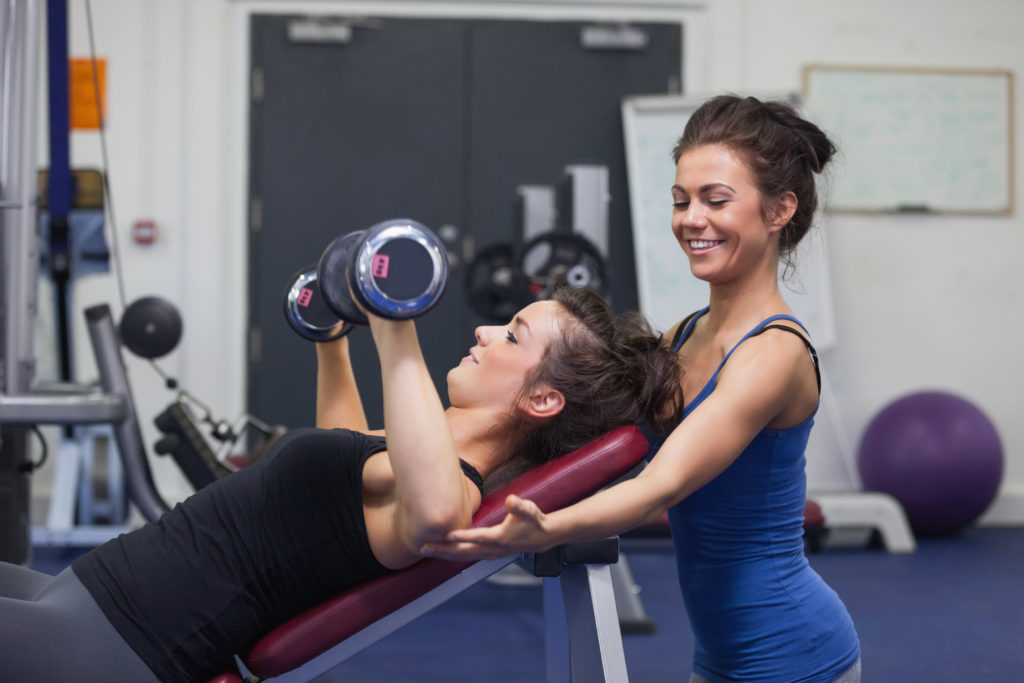Archive for August 2015
How to Get Older Adults to Sit Less
Many of today’s older adults sit for long periods of time. A new study suggests that regular phone calls can motivate this group to get out of their chairs more often.
Read MoreMusic Keeps Cardiac Patients Moving
Walk into most fitness facilities and you’ll likely hear some sort of music playing. Could that music be what motivates people to move more? For a group of cardiac rehabilitation patients, that was indeed the case.
Read MoreMapping Emotions in the Body
Have you ever felt a shiver go down your spine as a scary thought flashed through your mind? Or have you been so angry that you clenched your fists? If you take a moment to consider it, you can identify where you feel particular emotions in your body. This embodiment of feelings is an aspect of the mind-body connection and seems to reflect universally human physical reactions to common emotions.
Read MoreSix Takeaways From the ACSM Annual Meeting
Every year, the science of sports medicine gets better at determining the effectiveness of specific exercise programs—a point made clear at the latest annual meeting of the American College of Sports Medicine.
Read MoreAre Pilates and Yoga Right for Clients With Low Bone Density?
After working with an older adult (aged 82–92) for 10 years, I was troubled to discover that she had begun having difficulty getting out of the waiting room chair before embarking on our weekly Pilates session. What was I missing? She had faithfully completed Reformer Footwork, Eve’s Lunge and Side Splits, as well as Standing Leg Pumps on the Wunda chair, each week. Why was she continuing to lose leg strength?
Read MoreAlzheimer’s and Diet
It’s never too early to talk about Alzheimer’s disease—even for a
nonmorning person like me. On a misty March morning in New York’s
financial district, I rushed across traffic and made it to the 8:00 am
continental breakfast just in time for the “Role of Nutrition in
Dementia Prevention and Management” conference, which was buzzing with
the world’s foremost nutrition epidemiologists and Alzheimer’s experts.
Is There a Right or Wrong Way to Squat?
“Hey, keep your knees behind your toes when you squat!” “Deep squats are bad
for the knees!” “My doctor told me I should not squat anymore.” “You
should never let the knees cave in or out during a squat.” Chances are
you’ve heard this advice and maybe even given it to your clients. I know
that for many years in my career I’ve been guilty of making similar
recommendations to clients from all walks of life. The problem is, where
Physical Literacy for Kids
Health and fitness professionals are important players in a nationwide movement to promote and support physical literacy, which in turn will help to set the stage for a healthier, more active, more productive generation of children
hey’re doing either too little or too much.
For U.S. youth, that’s the stark paradox of physical activity. While
more than half of adolescents fail to accumulate the recommended 60
minutes of exercise at least 5 days per week (CDC 2015), many young
athletes are becoming specialized too early in life, which fosters a
culture of elite sports that discourages broad participation.
External Cues In Action: Strength and Power
Trainers and coaches know the importance of strength and power development. Traditionally, we try to identify optimum doses (reps and sets) and periodization schemes rather than consider the types of cues we are using. However, we now know that attentional focus can influence movement velocity, movement force, vertical-jump and horizontal-jump characteristics, just as you would expect programming variables to affect such things (Vance et al. 2004; Marchant, Greig & Scott 2009; Wulf & Dufek 2009; Porter et al. 2010a).
Read MoreKeeping Attention in Relevant Context
Once you have your clients’ full attention, their brains start processing the information you are sharing.
Read More
Web Extra! Are Pilates and Yoga
Right for Clients With Low Bone Density?
Building Bone: Concepts and Controversies
The positive role that resistance training can play in building and maintaining bone and muscle tissue is well established. But how do other types of exercise affect bone? Recent research findings are sobering.
Walking
Walking does not build bone. Shocked? Doesn’t everyone say, “I don’t understand how I got osteoporosis. I walk. . . .” Most studies show that walking either doesn’t affect bone or may at best prevent bone loss (Martyn-St. James & Carroll 2008).
Sample External Cues
If you’re not getting through to clients, it’s tempting to conclude that they are simply not paying attention. Yet extensive research on training and coaching suggests another possibility—you may not be using the right cues to optimize your clients’ attentional focus. Studies tell us the right kind of attentional focus helps people improve, while the wrong kind can impede progress. ?
Read More








